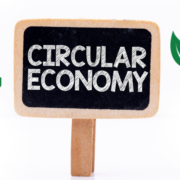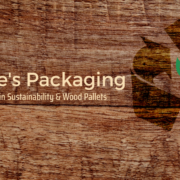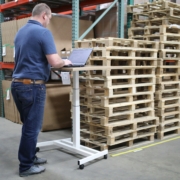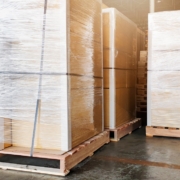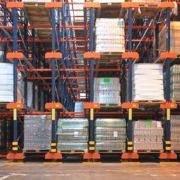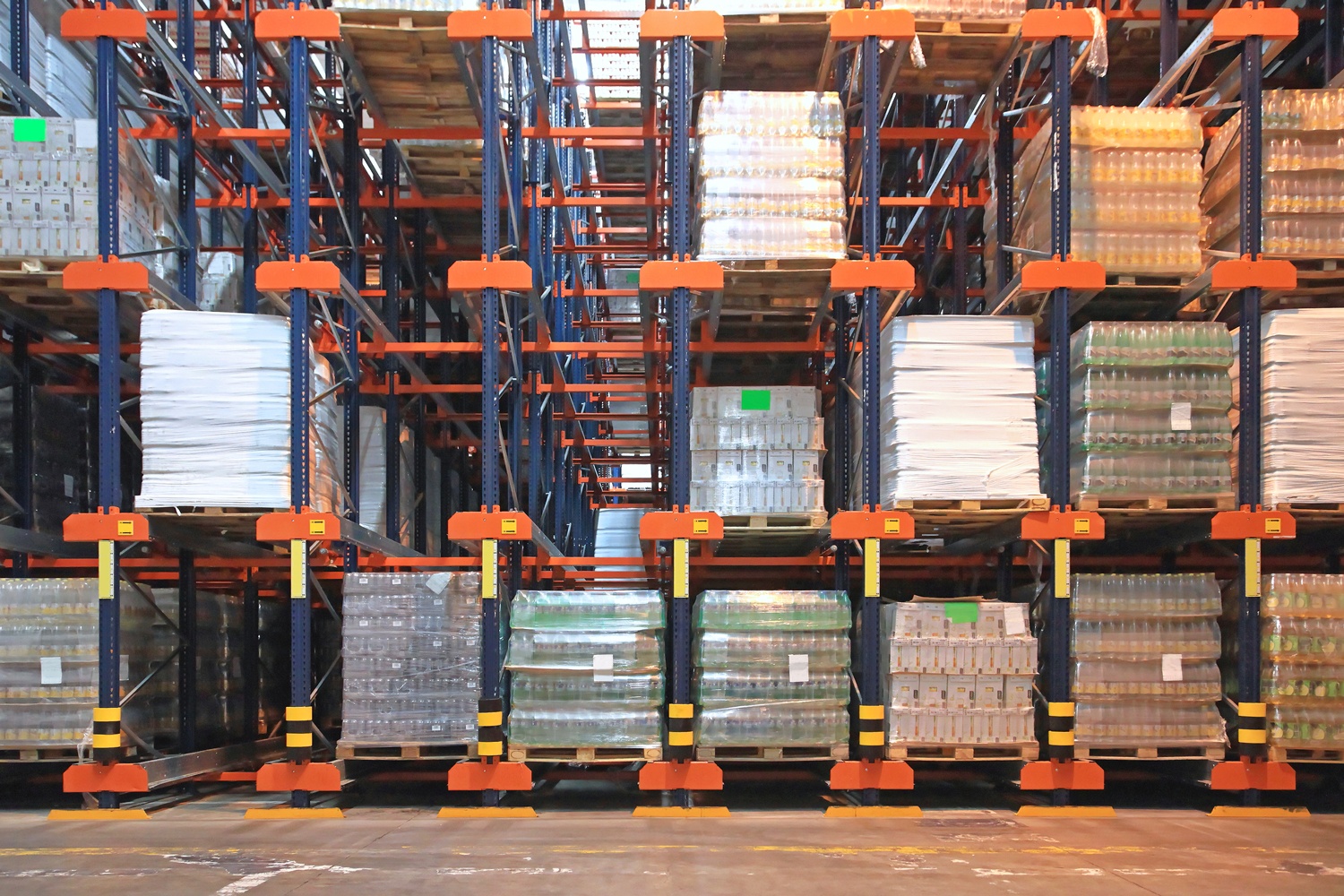Transparency & Sustainability: Understanding the Environmental Product Declaration for Wood Pallets
At Nature’s Packaging, our mission is to drive the shift towards sustainable, responsible, and economical packaging solutions. We believe that the future of packaging lies in harnessing the natural benefits of wood, a material that has supported humanity’s progress for millennia.
But in today’s world, it is not enough to simply advocate for a product; we need to show its advantages in a clear, transparent, and verifiable way. That is where the Environmental Product Declaration (EPD) comes into play.
Understanding the environmental impact of a product is a complex task. From sourcing raw materials to manufacturing processes, from usage to end-of-life disposal, each stage has its own ecological footprint. The EPD provides a comprehensive picture of these impacts, serving as a “nutrition label” for products, in this case, wood-based packaging and pallets.
In this Nature’s Packaging post, we will delve into the Environmental Product Declaration for wood pallets, demystifying its purpose, process, and key findings. We will also explore how it can be used in decision-making processes by businesses and individuals looking to make a positive environmental impact.
So, whether you are a seasoned professional in the industry, a sustainability enthusiast, or someone looking to make more informed choices, read on to find out why the EPD for wood pallets is a game-changer in the realm of sustainable packaging.
What is an Environmental Product Declaration (EPD)?
An Environmental Product Declaration, or EPD, is a comprehensive, internationally recognized report that details the environmental impact of a product or a service. It provides quantifiable information on the lifecycle environmental impact, acting like a sustainability ‘passport’ for products.
The goal of an EPD is to provide transparent and comparable information about the lifecycle environmental impact, which can then be used in decision-making processes, either at the organization or consumer level.
The benefits of an EPD are manifold. First, it offers clear and transparent information, which can be particularly valuable in an era where greenwashing is a prevalent concern. By supplying verified, impartial data, an EPD can help customers distinguish between truly sustainable products and those that only claim to be.
Second, an EPD enhances visibility into the supply chain, helping businesses find potential areas for reducing their environmental impact. This can lead to innovations in design, manufacturing, and logistics that improve sustainability.
Finally, the EPD plays a crucial role in green building and sustainability initiatives. Many green building certification programs, such as LEED and BREEAM, recognize EPDs, which can contribute to achieving certification credits. Similarly, organizations that are committed to sustainability goals often use EPDs to measure and track their progress.
In the context of wood pallets, the EPD supplies a detailed overview of the environmental impacts throughout the product’s lifecycle. This includes everything from the harvesting of the wood, the manufacturing of the pallets, their use, and finally their end of life – whether that is through recycling, reuse, or disposal. By painting a comprehensive picture of these impacts, the EPD allows us to make more informed decisions about the materials we choose and the products we use.
The Wood Pallet EPD Process
Developing an Environmental Product Declaration (EPD) for wood pallets is a meticulous process that requires a comprehensive assessment of the entire lifecycle of the product. Here is how it works:
A. Lifecycle Assessment (LCA) for Wood Pallets
A critical step in creating an EPD is performing a Lifecycle Assessment. The LCA is a scientific method used to evaluate the environmental impacts associated with all stages of a product’s life, from cradle to grave. This includes raw material extraction, material processing, manufacturing, distribution, use, repair and maintenance, and disposal or recycling.
- Scope and Boundaries: The LCA starts by defining the scope and boundaries of the study. For wood pallets, this would include activities such as forest growth, logging, transportation, manufacturing of the pallet, the use phase, and end-of-life options such as reuse, recycling, or disposal.
- Data Collection and Analysis: The next step is to gather data on every process involved within the defined scope. This data might include the energy used in manufacturing, the emissions produced at each stage, water consumption, and waste generation. After data collection, an analysis is conducted to assess the environmental impact associated with each stage of the product’s lifecycle.
B. Critical Review by an Independent Third Party
After the LCA, the data and methodologies used are subject to a critical review by a panel of independent experts. This step is crucial to ensure the validity and reliability of the results. The review also ensures that the EPD is compliant with international standards and that it supplies a fair and accurate representation of a product’s environmental performance.
C. EPD Publication and Registration
Once the EPD has been reviewed and confirmed, it is ready to be published. The completed EPD is registered in an EPD program, making the data publicly available. This promotes transparency and allows customers, regulators, and other stakeholders to access the information.
The EPD process for wood pallets is a testament to the industry’s commitment to sustainability and transparency. By understanding this process, we can appreciate the rigorous scientific analysis that underpins the EPD, and the environmental claims associated with wood pallets.
Key Findings of the Wood Pallet EPD
The Environmental Product Declaration (EPD) for wood pallets presents a wealth of data on the environmental impacts of wood pallets. Here are some of the key findings:
A. Environmental Impacts of Wood Pallets
Global Warming Potential: The wood pallet EPD is an industry calculated average based on collected data. Wood remains a renewable resource and the manufacturing process for wood pallets requires less overall energy compared to alternative materials.
Water Consumption: The EPD reveals that water consumption in the production of wood pallets is significantly less than that of alternative materials. This makes wood pallets a more sustainable choice in regions where water scarcity is a concern.
Resource Depletion: The EPD shows that wood pallets contribute less to resource depletion compared to alternatives. As long as forests are managed sustainably, wood can be a renewable resource, unlike petroleum-based materials or metals.
Waste Generation: The end-of-life phase of a product is crucial in finding its overall environmental impact. Wood pallets are often reusable, and at the end of their life, they can be recycled into mulch, particleboard, or bioenergy. This reduces waste compared to alternative materials, which are often difficult to recycle.
B. Comparison with Alternative Materials
The EPD also compares the environmental impact of wood pallets with that of alternative materials, such as plastic and metal. In most categories, wood pallets have a lower environmental impact. This information is valuable for customers who are weighing different options for their packaging needs.
C. Opportunities for Improvement and Innovation
While the EPD highlights the environmental benefits of wood pallets, it also shows areas where the industry can further reduce its environmental impact. For example, more efficient manufacturing processes could reduce energy use and emissions, while improved design could extend the lifespan of the pallets. These opportunities for improvement and innovation are exciting areas for the industry to explore in the coming years.
By understanding the key findings of the Wood Pallet EPD, companies can make more informed decisions about packaging choices and contribute to a more sustainable future.
The Significance of the Wood Pallet EPD for the Industry
The Environmental Product Declaration (EPD) for wood pallets carries substantial implications for the industry, marking a significant stride in enhancing sustainability and transparency. Here is why it matters:
Competitive Advantage for Wood-Based Packaging
The EPD offers wood-based packaging a competitive edge. It highlights the environmental benefits of wood pallets compared to alternative materials, providing customers with the information they need to make informed decisions. As businesses and consumers increasingly prioritize sustainability, the EPD can help wood-based packaging to stand out in the marketplace.
Transparency and Trust Among Stakeholders
The EPD bolsters transparency and trust among stakeholders, including customers, regulators, and the broader community. By providing an independently verified assessment of the environmental impact of wood pallets, the EPD dispels ambiguity and demonstrates the industry’s commitment to sustainability. This can strengthen relationships with stakeholders and enhance the industry’s reputation.
Enhanced Sustainability Profile for Customers
For businesses that use wood pallets, the EPD can enhance their sustainability profile. By choosing a product with a clear and positive environmental declaration, businesses can show their commitment to sustainability. This can help businesses to meet their sustainability goals, appeal to eco-conscious consumers, and comply with regulations.
The Wood Pallet EPD is more than just a document; it is a tool that empowers the industry to drive sustainability, enhance transparency, and create value for customers. It underscores the industry’s commitment to a sustainable future and positions wood pallets as a preferred choice in the packaging sector.
How to Use the Wood Pallet EPD in Decision-Making
The Environmental Product Declaration (EPD) for wood pallets is not just a document filled with data—it is a tool to guide decision-making for both businesses and individuals. Here is how it can be utilized:
Selecting Environmentally Friendly Packaging Solutions
The EPD provides an in-depth look at the environmental impact of wood pallets, offering a basis for comparison with other packaging materials. Companies that are committed to reducing their environmental footprint can use EPD to inform their choice of packaging. The data can help in identifying the most sustainable options and highlight areas where changes can make a significant difference.
Inclusion in Corporate Sustainability Reporting
Businesses can also use the EPD in their sustainability reporting. By choosing wood pallets, companies are making a conscious choice to minimize their environmental impact. This can be included in sustainability reports, helping to demonstrate to stakeholders that the company is actively taking steps to fulfill its sustainability commitments.
Integration into Green Building Projects
Wood pallets are not just for packaging—they are also used in many creative ways, including as a material in green building projects. The EPD can provide valuable data for these projects, helping to earn points in green building rating systems such as LEED and BREEAM.
In conclusion, the Wood Pallet EPD is a powerful tool that can guide decision-making across a variety of contexts. By using this data, we can make choices that are not only good for business, but also good for the planet.
Conclusion
The Environmental Product Declaration (EPD) for wood pallets is a testament to the power of transparency and the drive towards sustainability in the packaging industry. It provides a comprehensive, scientifically backed overview of the environmental impacts associated with wood pallets, offering valuable insights for businesses, individuals, and regulators alike.
As we have explored in this post, the Wood Pallet EPD not only affirms the environmental benefits of wood-based packaging but also serves as a powerful decision-making tool. It highlights the competitive advantage of wood pallets, enhances transparency and trust, and empowers businesses to enhance their sustainability profiles.



